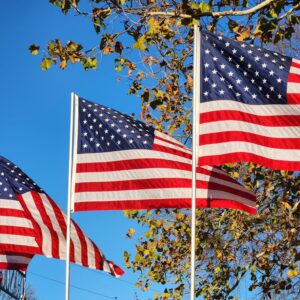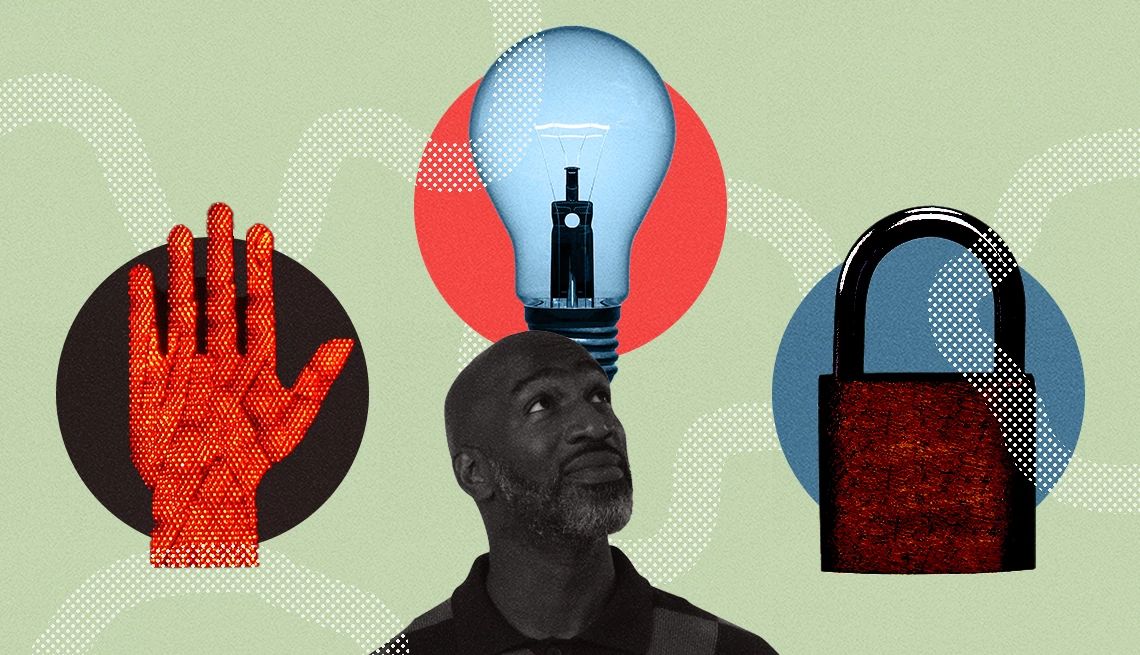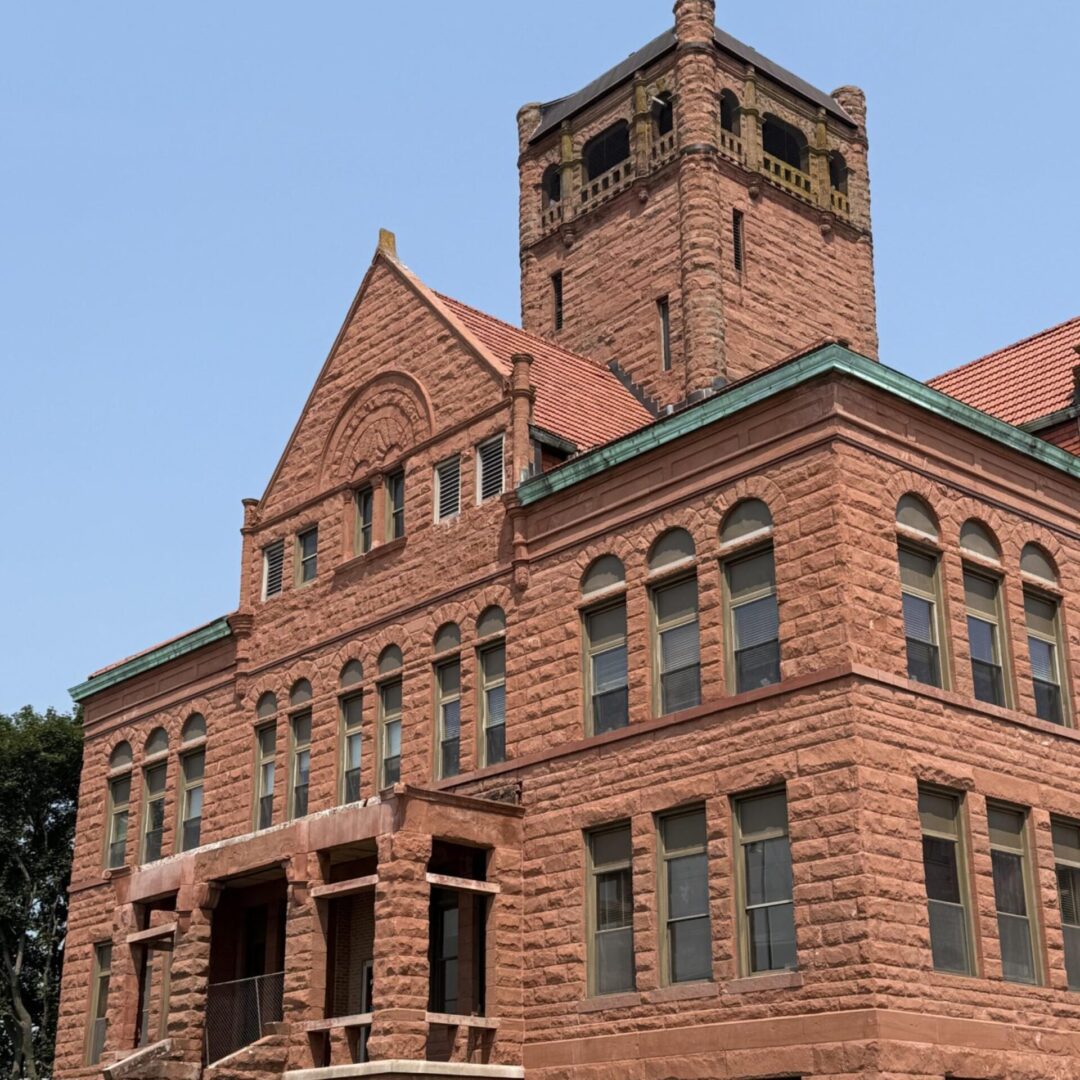By Thomas Best
Over the last two weeks, we have studied the highly contentious and controversial 1876 presidential election between the Republican’s Rutherford Hayes and the Democrat’s, Samuel Tilden. We have examined the candidate’s backgrounds as state governors and stalwart defenders of their party’s platforms. We have analyzed the truly hostile nature of the campaign in the late 19th century (no these not always the “good old days”). Today, we will study how the voting played out.
When all the available popular votes were counted from 81% of the eligible public, Tilden was shown as having won the popular vote by a margin of 250,000 votes (and in case you are wondering, Hayes won out in Illinois—but by a narrow margin). However, despite what the voting stations showed across the country in his favor, Tilden was till one electoral vote shy of having the required majority 185 tallies. Hayes had 165 votes in his favor. The main sticking point was that 20 of the electoral votes across several southern states of the old Confederacy and Oregon were being challenged by the nervous Republicans. As a note: Hayes initially thought he would lose and said some things in public that seemed to offer his surrender to the inevitability of a defeat. His staunchest Republican allies told him to quiet such talk.
The challenge on behalf of the GOP came in regards to the roadblocks and deadly threats that these southern states had employed to keep freed African Americans from voting. For instance, in Mississippi, white Democrats had voted for Tilden by a 30,000-vote margin. Ex-slaves who attempted to vote were frequently terrorized, and sometimes murdered. Historians today blame the Grant administration in part for not more actively enforcing the protections of the 14th and 15th amendments which provided the voting rights of black Americans. Moreover, there were obvious irregularities in state of South Carolina. More than 100% of the eligible votes had been cast. One allegation was that some Democratic voters disguised themselves to come in and vote over and over. One report alleged that bearded men came in to vote and then shaved their beards and entered a second time to vote again. By the time it was time to count the electoral college votes, several of the contested states sent competing committees of electors showed up to cast their ballots.
The Constitution has not clear on how such a chaotic situation should be resolved. What should the country do? Next week, we will discuss how this controversy was resolved.













